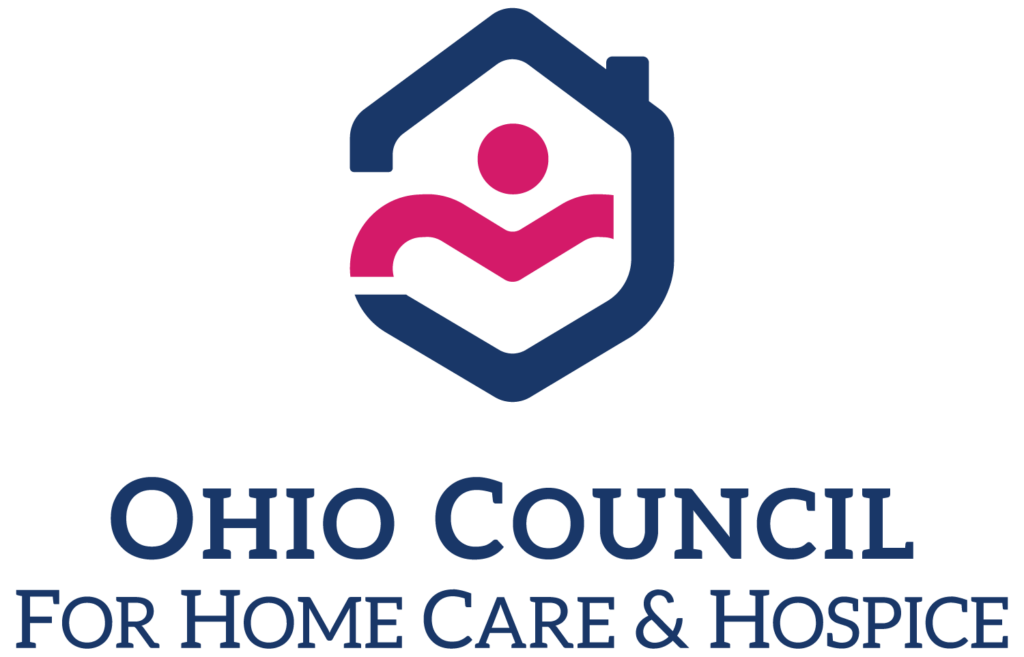
Navigating Home Health vs. Home Care in Ohio: Detailed Service Breakdown

Whether you’re just starting out or refining the services of an established agency, navigating Ohio’s regulatory landscape for home health and home care can be complex. This guide, a collaboration of Community Health Accreditation Partners (CHAP) and Ohio Council for Home Care & Hospice (OCHCH), offers a roadmap to setting up your agency with clear, actionable steps.
Six Strategic Areas to Checkmark for Success
As you launch or evaluate your agency, consider these crucial aspects:
- Payor Decisions: Identify your primary payors, such as Medicaid, VA, and Medicare, each with specific compliance requirements and benefits.
- Care Services: Determine the scope of services, including therapy, skilled vs. unskilled care, and social work, aligning with patient needs and business objectives.
- Service Area and Community Needs: Define your service area’s geographic footprint, understanding local demographics to tailor your offerings effectively.
- Business Planning: Develop a robust business plan outlining a clear goal. Engage with industry associations for resources and networking. Consider joining OCHCH for great benefits.
- Legal and Consulting Guidance: Seek legal advice and consult with industry experts to navigate regulatory landscapes and optimize business strategy.
- Standards and Education: Familiarize yourself with CHAP standards and participate in educational programs to ensure compliance and high-quality care. Download standards.
Home Health vs. Home Care:
Many providers we engage with express the need for a clearer understanding of the distinct yet overlapping service lines of home health and home care. For a visual comparison of these critical services, please refer to the detailed table below.
Aspect | Home Health | Home Care |
|---|---|---|
| Scope | Provides medical care, including nursing, physical therapy, and other skilled services. | Offers non-medical support like personal care, homemaking, and companionship. |
| Service Types | Skilled services, including nursing care, physical therapy, occupational therapy, speech therapy, and medical social services. | Non-skilled services, including personal care, meal preparation, medication management, and homemaker tasks. |
| Regulatory Requirements | Requires Medicare certification; must meet strict Medicare and Medicaid standards. | Less regulated but may require accreditation for Medicaid waivers or specialized services. |
| Steps to Certification | A complex process involving CMS-855A forms, surety bonds, and stringent compliance checks. | State licensing is typically sufficient; some services might need additional accreditation. |
If you are still not sure whether your services are skilled or non-skilled, ask yourselves these questions:
Skilled Services (Home Health): Is the service provided by licensed professionals such as nurses or therapists? Does the service require clinical expertise or training? Examples include skilled nursing care, physical therapy, occupational therapy, speech-language pathology, and medical social services.
Non-Skilled Services (Home Care): Is the service aimed at assisting with daily living activities? Does the provision of the service require specialized medical training or licensing? Examples include home health aide services, personal care (bathing, dressing, toileting), meal preparation, medication management, homemaking, respite care, and running errands.
Steps to Establish a Home Care Agency in Ohio:
- Apply for Licensure:
- Begin by applying for a license to provide either skilled or non-medical home health services. This involves submitting a completed application and a non-refundable fee of $250.
- Note that the processing timeframe for licensure may vary, though it is often around two weeks.
- Navigating Medicaid:
- Understanding the Medicaid pathways and options is crucial. Ensure you have a complete list of waivers and their specific requirements.
- Medicaid State Plan: Requires compliance with Home Health Conditions of Participation (HH COPs) and Medicare certification.
- Ohio Home Care Waiver: Requires Medicare certification or another accreditation.
- Passport Waivers: Managed by the Ohio Department of Aging; does not require Medicare certification.
- My Care Waiver: Requirements vary depending on the payer.
Steps to Establish a Home Health Agency in Ohio:
- Apply for Licensure and Medicare:
- Similar to starting a home care agency, submit an application with the $250 fee to provide skilled or non-medical home health services.
- Simultaneously, apply for Medicare using the CMS-855A form and seek accreditation. Medicare Enrollment Guide for Institutional Providers | CMS
- Medicaid Application:
- Apply to be a Medicaid provider, which may require meeting specific criteria based on the type of services you plan to offer.
Get CHAP Accredited
CHAP Accreditation is a gateway to building a strong relationship with payors, while CHAP Standards ensure quality and ongoing compliance. The CHAP seal has been a symbol of trust and quality to consumers for over 55 years. When filling out your application for accreditation with CHAP, you will first add the service ‘Home Care’ or ‘Home Health’ and then fill in the last two questions in the census section with a ‘yes’ or ‘no’.
Engage with Industry Experts
Join the Ohio Council for Home Care & Hospice (OCHCH) to gain access to a wealth of resources, expert guidance, and networking opportunities that can help your agency thrive in Ohio’s competitive healthcare environment. By partnering with OCHCH, you gain the support and tools needed to navigate regulatory challenges and enhance service quality effectively. As the leading voice for health care at home in Ohio, OCHCH provides the advocacy, education, and regulatory support agencies need to meet these challenges. Becoming a member of OCHCH is a smart way to do business.